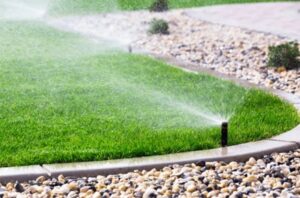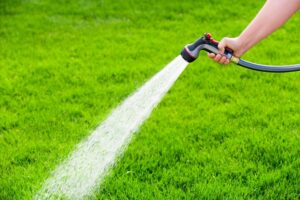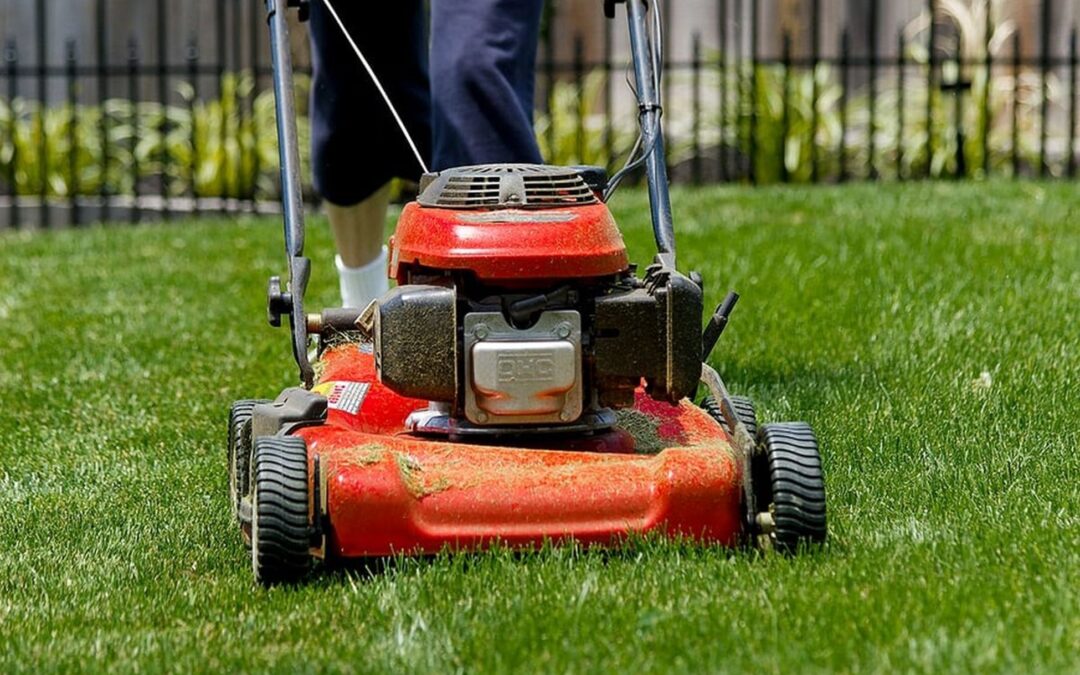Having a lush, green lawn is the dream of every homeowner. However, achieving and maintaining that pristine look can be challenging due to various common lawn problems. In this comprehensive guide, we’ve enlisted the expertise of home professionals to provide you with practical solutions to these issues.
Whether you’re dealing with stubborn weeds, brown patches, or pest infestations, we’ve got you covered. Read on to transform your lawn into a picturesque oasis.
Identifying Common Lawn Problems
Identifying common lawn problems is essential for maintaining a lush, green yard. These issues often include weeds, lawn diseases, brown spots, and pest infestations. Weeds like dandelions and crabgrass compete with grass for nutrients, while fungal diseases like rust and brown patches can cause discoloration.
Brown spots result from soil compaction or pet damage, and pests like grubs and moles can disrupt the root system. Identifying these problems early allows for targeted solutions to ensure your lawn remains healthy and beautiful. Some of the common lawn problems and solutions are described below.
1. Lawn Weeds
Weeds are a common nuisance in lawns. They compete with grass for nutrients, water, and sunlight, creating a patchy and unsightly yard. Common weeds include dandelions, crabgrass, and clover.
Solution: Regularly apply pre-emergent herbicides in early spring to prevent weed growth. For existing weeds, use post-emergent herbicides or manual removal.
2. Lawn Diseases
Lawn diseases can turn a beautiful lawn into a disaster. Fungal infections like rust, dollar spots, and brown patches can lead to discolored, withered grass.
Solution: Improve air circulation by pruning trees and shrubs, and use fungicides as a preventive measure during humid conditions.
3. Brown Spots and Bare Patches
Brown spots and bare patches can mar the beauty of your lawn, and they often result from various issues, including compacted soil, heavy foot traffic, or pet damage.
Solution: Aerate your lawn to alleviate soil compaction and reseed bare patches. Consider creating designated paths to divert foot traffic.
4. Pest Infestations
Pests like grubs, ants, and moles can wreak havoc on your lawn. They tunnel through the soil, damaging grass roots and causing uneven, bumpy terrain.
Solution: Use insecticides targeted at specific pests and implement natural pest control methods, such as nematodes or beneficial insects.
Solutions for a Stunning Lawn
To attain a picturesque lawn, focus on weed control by applying pre-emergent herbicides and vigilant monitoring. Prevent and treat lawn diseases with suitable fungicides and healthy lawn practices. Nourish your grass through proper mowing, timely fertilization, deep watering, and annual overseeding.
Combat pests by identifying them and employing targeted control methods.
These strategies ensure a vibrant, well-maintained lawn that enhances your home’s aesthetics and provides a delightful outdoor space for relaxation and enjoyment. Some of the solutions for a stunning lawn are described here.
Weed Control Strategies
Preventing weeds is key to a healthy lawn. Invest in a quality pre-emergent herbicide and follow these tips:
- Apply herbicide in early spring when soil temperatures rise.
- Water your lawn after applying to activate the herbicide.
- Regularly inspect your lawn for weed outbreaks and treat them promptly.
Preventing and Treating Lawn Diseases
One of the critical solutions for a stunning lawn is preventing and treating lawn diseases. Fungicides are a valuable tool in preventing lawn diseases:
- Choose a fungicide suitable for your specific issue.
- Apply fungicides during cooler, less humid times of the day.
- Maintain proper lawn care practices to reduce disease risk.

Nurturing Your Grass: Green and Healthy
Nurturing the grass is one of the most important things to do to maintain a thriving lawn:
- Mow your lawn to the recommended height for your grass type.
- Fertilize according to your region’s seasonal needs.
- Water deeply and infrequently to encourage deep root growth.
- Overseed your lawn annually to fill in thin areas.
Keeping Pests at Bay
Protecting the lawn from pests is the key to maintaining a stunning yard. Protect your property from pests by following these tips:
- Identifying the specific pests affecting your property.
- Choosing the appropriate pest control method.
- Implementing preventative measures, like maintaining proper soil health.
Maintenance Tips for Long-term Success
To ensure your lawn thrives over the long haul, adhere to these vital maintenance tips. Proper mowing techniques involve not removing more than one-third of the grass blade, maintaining sharp mower blades, and varying mowing patterns. Fertilize wisely by determining nutrient deficiencies through soil testing, using recommended fertilization rates, and choosing slow-release options.
Effective lawn irrigation means watering deeply in the morning to reduce evaporation and avoid shallow, frequent watering. Seasonal care, including aeration, overseeding, and leaf removal, ensures your lawn remains robust throughout the year. Here we are giving some important maintenance tips for long-term success for homeowners.
Proper Lawn Mowing Techniques
You should follow proper lawn mowing techniques to find a stunning lawn in your home. Maintain the ideal grass height for your lawn type:
- Never remove more than one-third of the grass blade in a single mowing.
- Keep mower blades sharp for a clean cut.
- Alternate mowing patterns to avoid soil compaction.
Fertilizing for Optimal Growth
Fertilizing is a must to do to create a beautiful-looking lawn. So, Fertilize your lawn wisely:
- Use a soil test to determine nutrient deficiencies.
- Apply fertilizers at the recommended rate and schedule.
- Choose a slow-release fertilizer for steady nutrient absorption.

Lawn Irrigation: Dos and Don’ts
You need to water your lawn to keep the lawn green and healthy. Effective watering ensures a healthy lawn:
- Water early in the morning to minimize evaporation.
- Water deeply but less frequently to encourage deep root growth.
- Avoid frequent, shallow watering, which promotes weed growth.
Seasonal Care Guide
Right care at the right time is the key to maintaining a stunning lawn in your home. Tailor your lawn care routine to the seasons:
- Spring: Aerate and overseed, and apply a pre-emergent herbicide.
- Summer: Water deeply during dry spells and monitor for pests.
- Fall: Continue mowing and watering, and remove fallen leaves.
- Winter: Prepare your lawn for cold weather by cleaning up debris.
Final Thoughts
In conclusion, achieving a lush and healthy lawn requires a combination of proactive problem-solving and consistent maintenance. By identifying common lawn issues and implementing the solutions provided by home professionals, you can transform your yard into a verdant oasis.
Remember, a well-cared-for lawn not only enhances your home’s curb appeal but also provides a soothing outdoor space for you and your family to enjoy.

Recent Comments